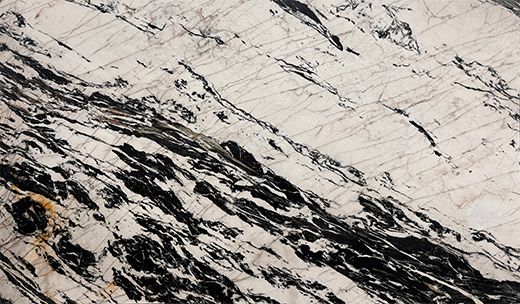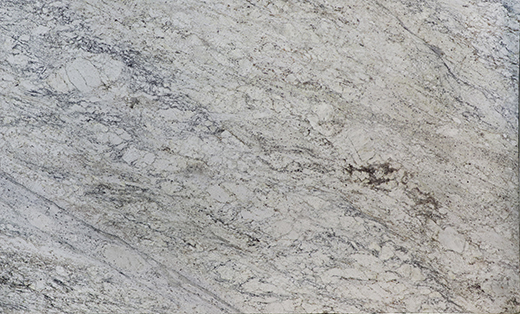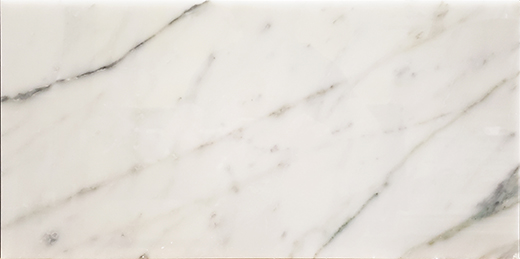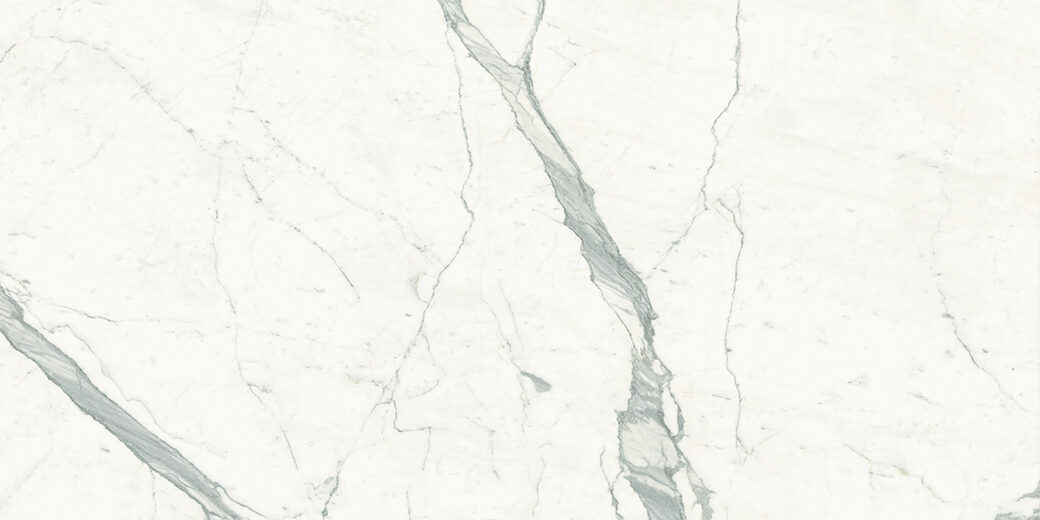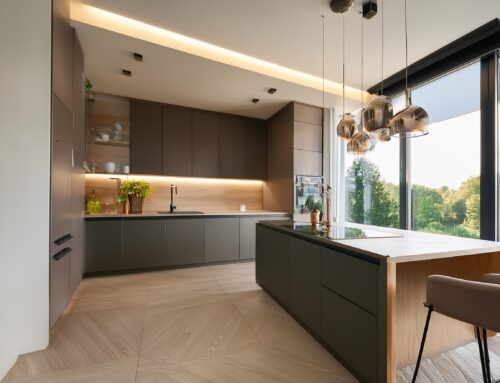When it comes to home design, choosing the right materials can make all the difference. The selection of countertops, flooring, and backsplashes plays a crucial role in defining the aesthetic and functionality of a space. Among the myriad of options, stone materials such as quartz, granite, marble, porcelain, and ceramic stand out for their unique characteristics. In this comprehensive guide, we delve into the intricate details of each material, exploring their nuances in terms of aesthetics, durability, maintenance, and cost considerations.
Overview of Materials
Images courtesy of Genrose Stone + Tile
| Quality | Quartz | Granite | Marble | Porcelain | Ceramic |
|---|---|---|---|---|---|
| Aesthetics and Design | Diverse range of patterns and colors. | Unique variations, organic aesthetics. | Timeless elegance with distinctive veining. | Mimics natural stone, large format options. | Versatile with various shapes, sizes, and patterns. |
| Durability and Performance | Non-porous, scratch-resistant. | Hard, heat-resistant, durable with sealing. | Soft, susceptible to scratches and etching. | Durable, scratch, and stain-resistant. | Durable, may chip or crack under heavy impact. |
| Maintenance and Cleaning | Low maintenance, resistant to stains. | Requires sealing, pH-balanced cleaning. | High maintenance, periodic sealing. | Easy maintenance, resistant to most stains. | Easy to clean, regular maintenance for grout. |
| Cost Considerations | Mid to high price range, cost-effective over time. | Price varies, significant upfront investment. | Luxury pricing, statement of elegance. | Cost-effective, durable, low maintenance. | Budget-friendly option. |
| Pros | Uniform appearance, non-porous. | Unique and natural aesthetics. | Timeless and luxurious. | Versatile design options, durable. | Affordable, versatile, easy to clean. |
| Cons | Not heat-resistant, relatively expensive. | Requires periodic sealing, limited color options. | High maintenance, susceptible to damage. | Heavy, challenging to install. | Susceptible to chipping, grout maintenance. |
While we’ll delve into the deeper details in the paragraphs below, we’ve created an easy table comparing the most popular options for countertop and backsplash material.
Aesthetics and Design
Durability and Performance
Maintenance and Cleaning
Cost Considerations
Latest Trends
As home design trends evolve, certain patterns emerge in the use of stone materials:
- Quartz: Steady popularity due to its uniform appearance and low maintenance.
- Granite: Trending towards lighter colors and unique patterns for a modern aesthetic.
- Marble: A resurgence in popularity, especially in kitchens, embracing the beauty of veining.
- Porcelain: Huge trend towards large-format tiles mimicking the look of marble or concrete.
- Ceramic: Increasingly popular beyond traditional mosaic uses, new offerings include patterned and textured tiles for added visual interest in various spaces.
Other Material Options
In conclusion, each unique material has its own individual pros and cons, and which one will best fit your kitchen depends on your budget, aesthetic preferences, and usual uses for your kitchen. Options like Quartz and Porcelain are increasingly affordable and continue to be innovated upon, with new textures, colors, and designs emerging regularly. Whether prioritizing durability, aesthetics, or cost-effectiveness, homeowners should make informed decisions based on their preferences and lifestyle. From the timeless elegance of marble to the modern allure of quartz, the art of incorporating natural stone in home design continues to offer a myriad of possibilities for creating spaces that resonate with your individual style and taste.

